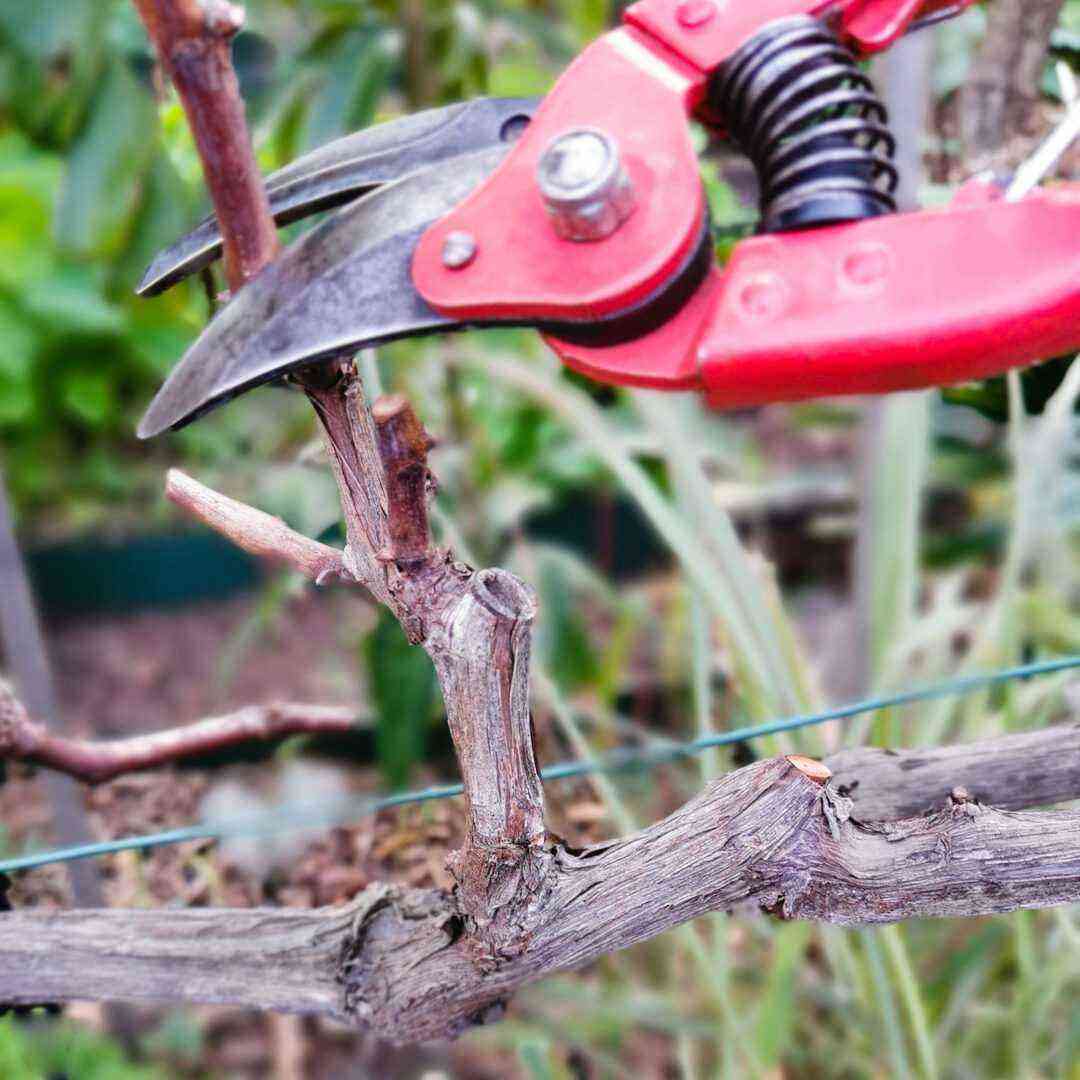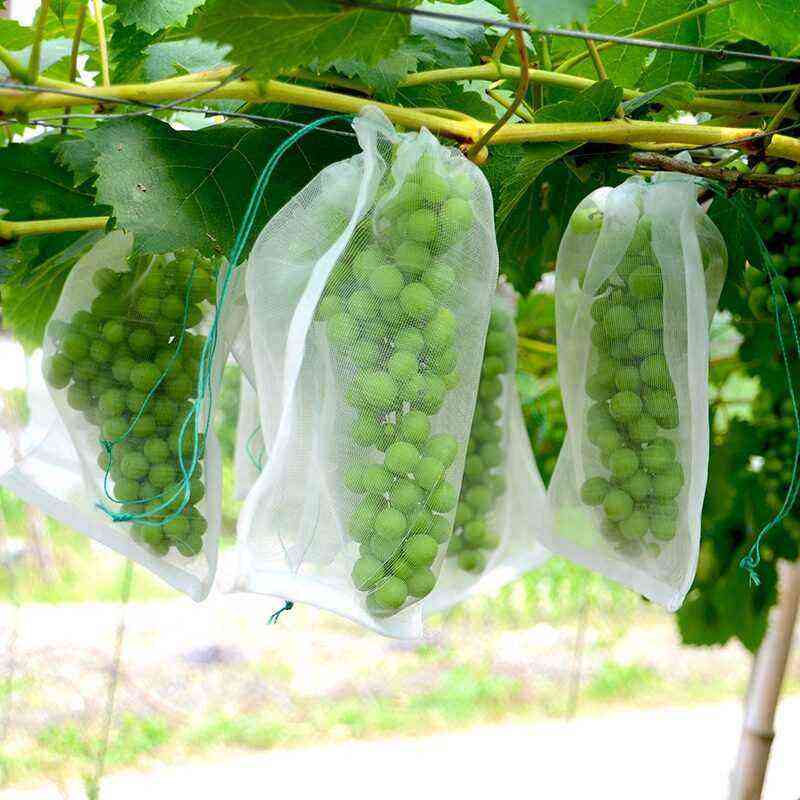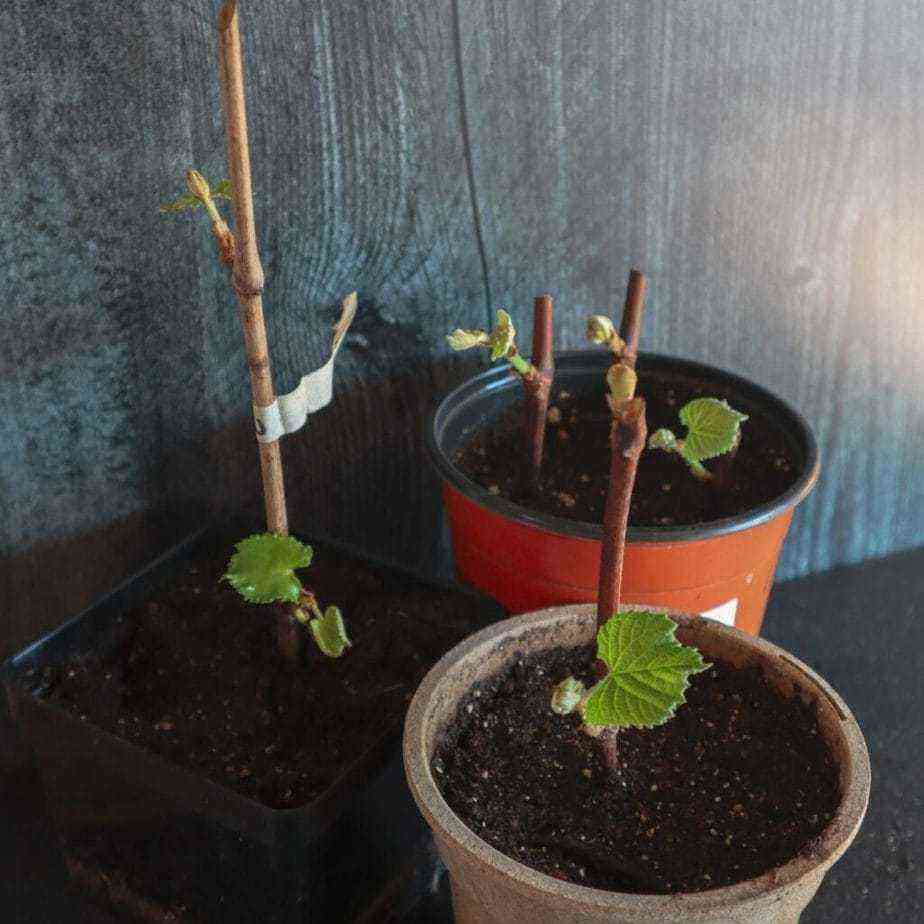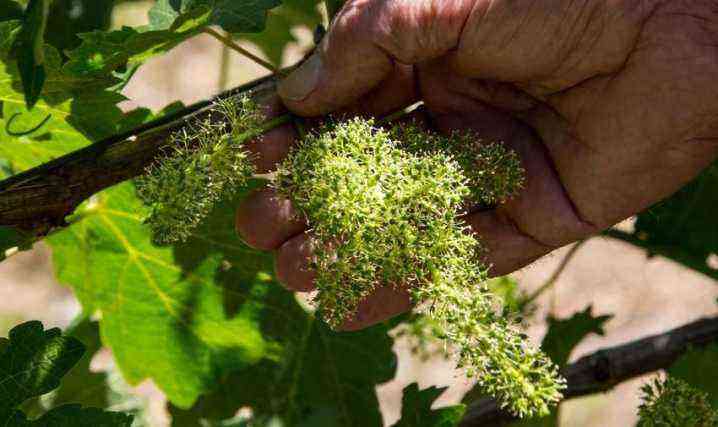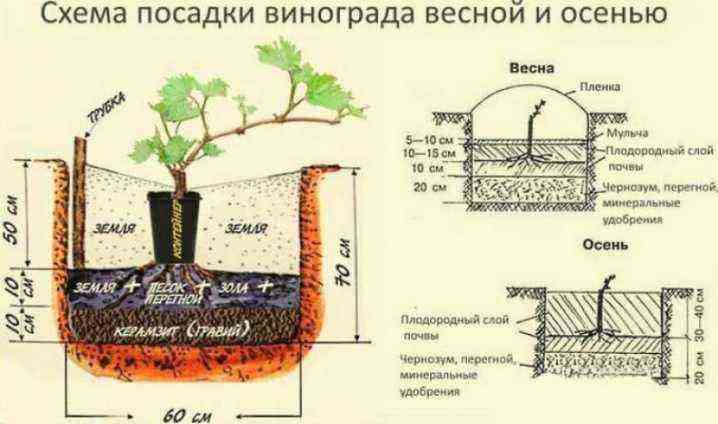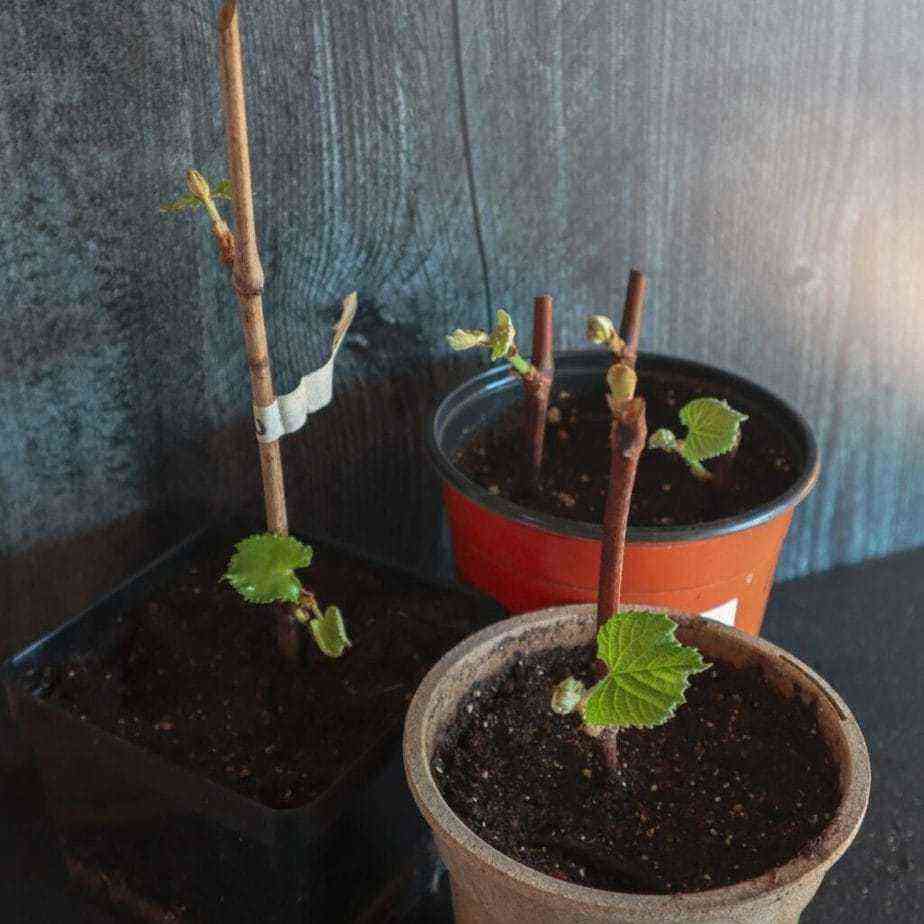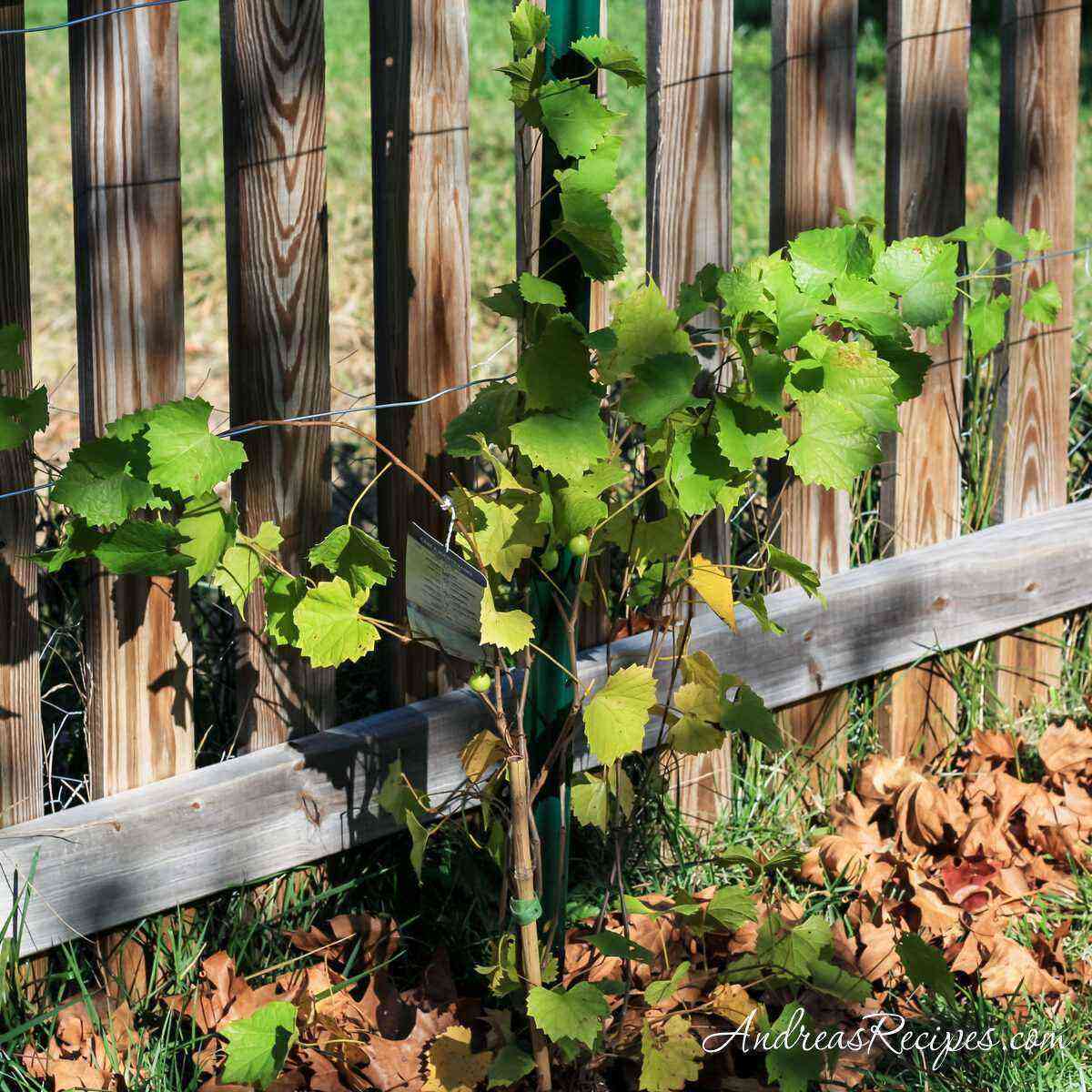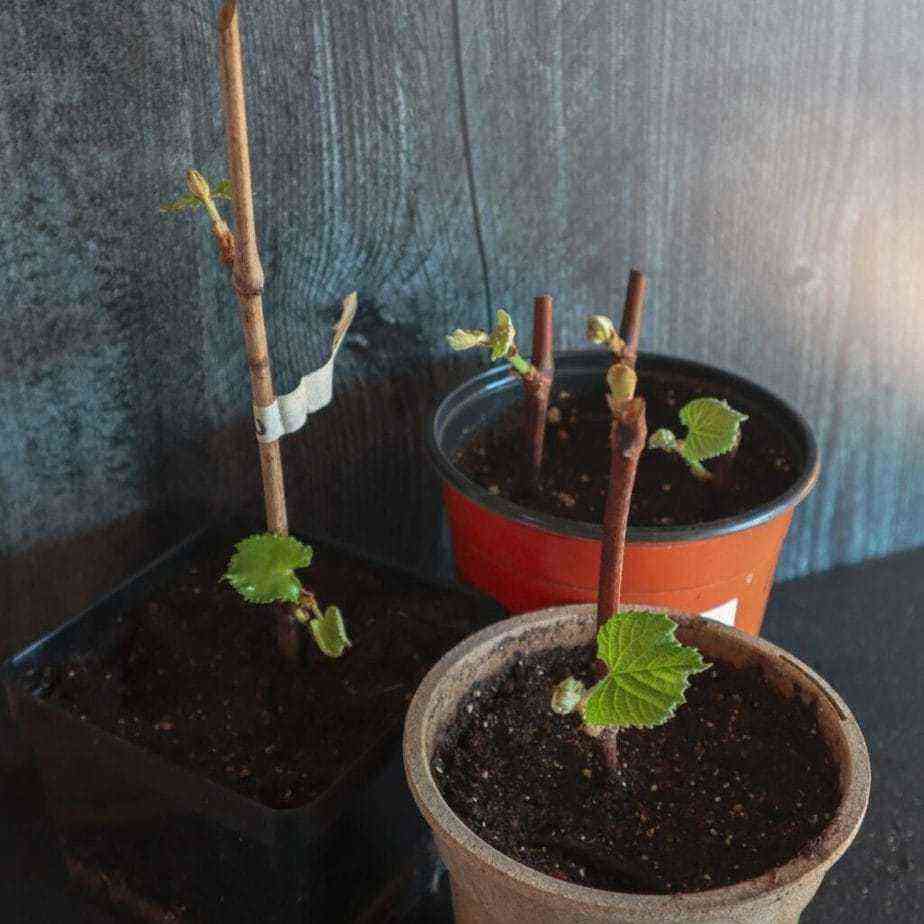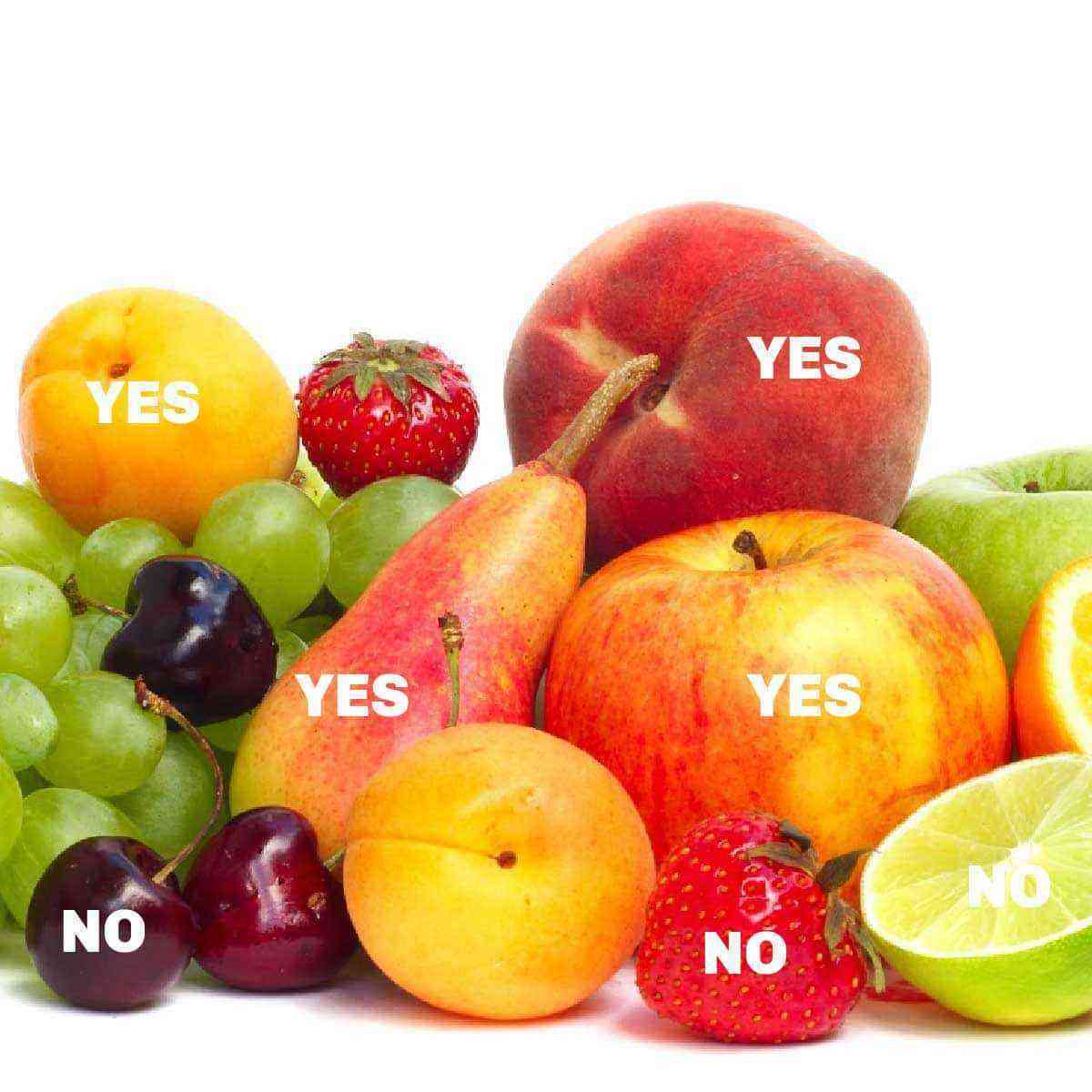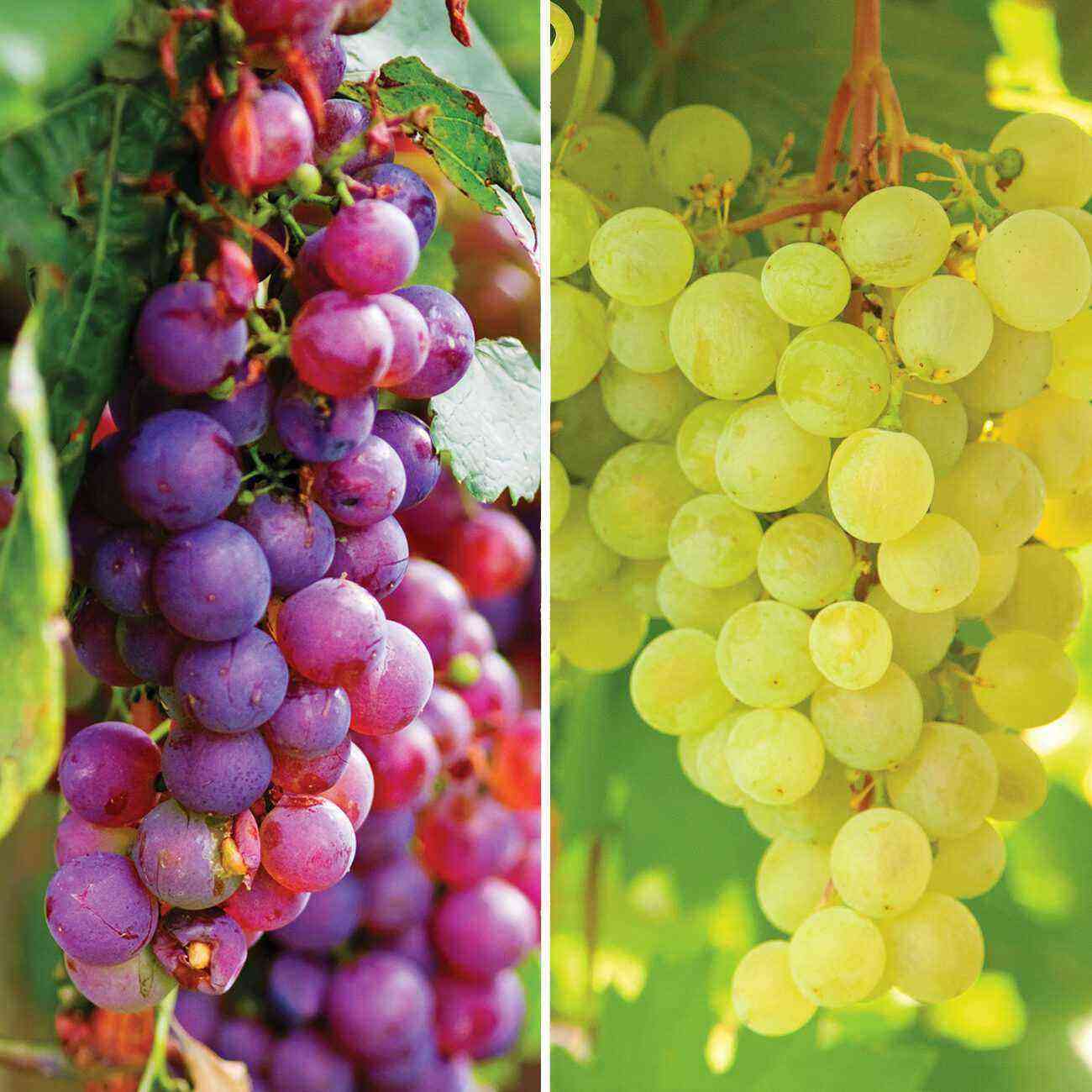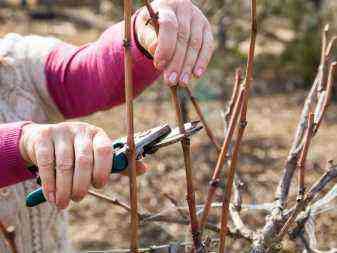Not always the layout of the garden plot is immutable and permanent. There are situations when landings have to be moved from place to place. The reasons for this are different: redevelopment, not too successful landing, construction, and so on. Grapes are a fairly flexible shrub in terms of transplanting, they tolerate this kind of change well and adapt well. You can transplant not only young, but also mature plants without loss of yield. But to achieve this, you need to know all the nuances and rules of transplantation.
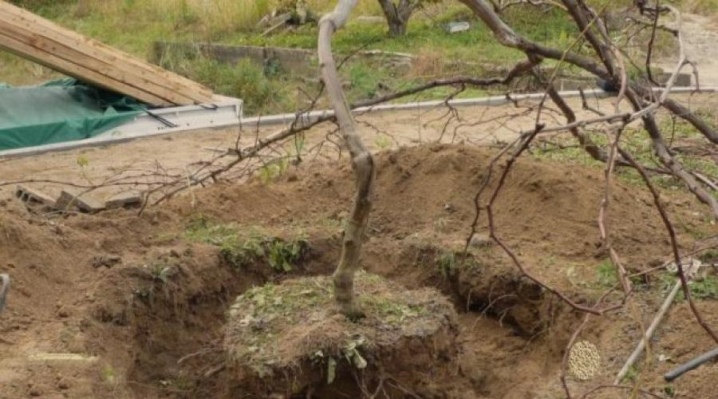
The need for a procedure
The question “Is it possible to transplant grapes?” gardeners do not stand in front of him, he has long had one clear answer – yes, you can. However, doing this just on a whim is not worth it, there must be reasons for this. Most often, gardeners are faced with such options:
initially poorly chosen place, for example, little light, strong drafts, negative soil composition;
the varietal characteristics of the shrub were not taken into account, when powerful varieties were planted too close to each other, seeding by variety was not carried out;
plants in the neighborhood begin to interfere with the shrub and stop its full development;
redevelopment, when it is necessary to move the bush to another zone, since this place is intended for other purposes.
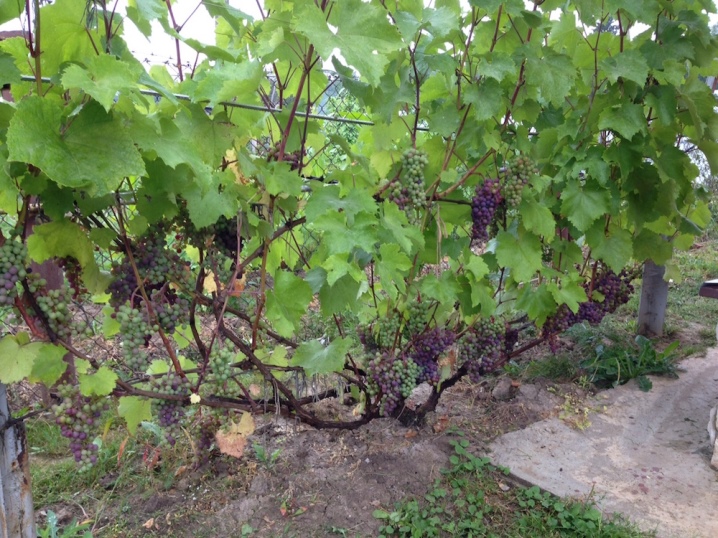
There are many reasons, but before starting the procedure, it is necessary to carefully and thoughtfully study the issue and find out how appropriate it is.. Transplantation is a direct intervention in the development and growth of culture. This can lead to negative consequences. You should be wary of the following scenarios:
the complete death of the shrub due to the loss of part of the root system is not a big risk, but it always exists;
a change in fruiting in the negative direction – for several years, the yield may be reduced or completely absent;
changes in the dessert qualities of fruits;
an increase in the risk of various diseases, black cancer, phylloxera are especially dangerous.
If you are sure that the risks are justified and you cannot do without a transplant, consider the following activities. First of all, refuse to transplant a grape bush to the place where the bush or tree was removed. If you neglect this recommendation, the bush in the new place will grow weak, constantly hurt. For the procedure to be successful, it is necessary to take into account many nuances and fully comply with the rules. This applies to the age of the plant, since mature individuals take root worse, it is also important to take into account the condition of the bush. Grapes should be at rest.
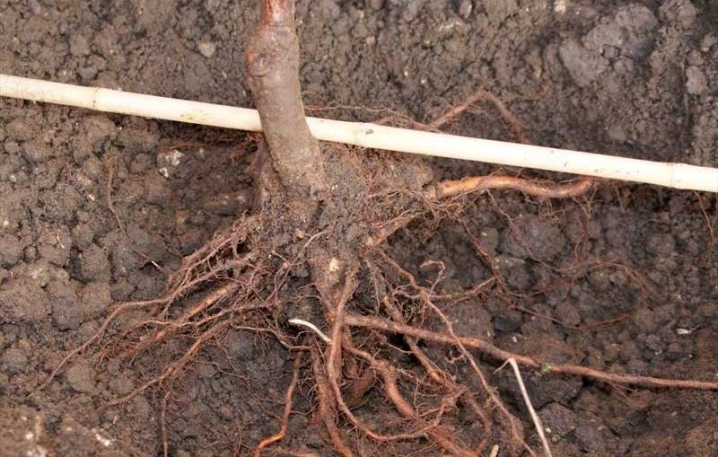
In addition, it is most important to properly dig and move the bush, prepare a new site in advance, and carefully care for the plant after the operation.
Deadlines
No one will name perfect and universal dates when it is better to transplant grapes to another place. Each gardener must himself assess the climate conditions, make adjustments for the region of residence. Traditionally, such procedures are shown in spring and autumn, like a regular planting. As for autumn, the period when the foliage is shed is considered optimal here, and this will happen in September or October – it depends on climatic conditions. You can continue such work until the first frost appears.
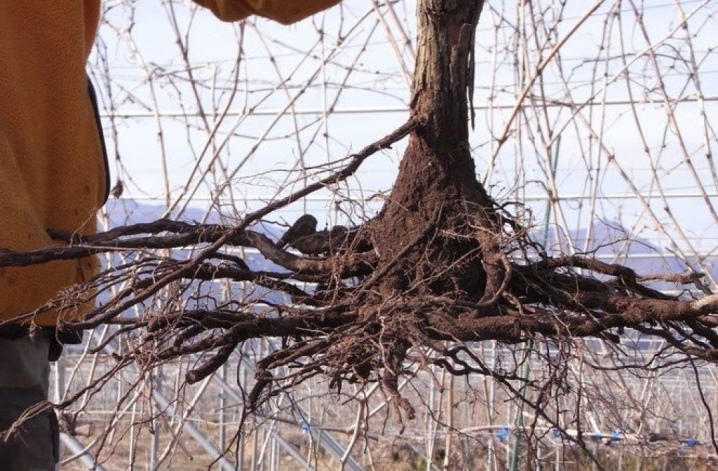
If you live in the south, and the soil does not freeze in winter, you can carry out the procedure during this period, for example, in January or February. In this case, you need to focus on the time of thaws. Landing in a new place in the spring occurs in the month when the soil thaws. The main thing is to be in time before the moment when the eyes begin to bloom. The spring period is good because there is enough moisture in the soil, so the root system is well saturated.
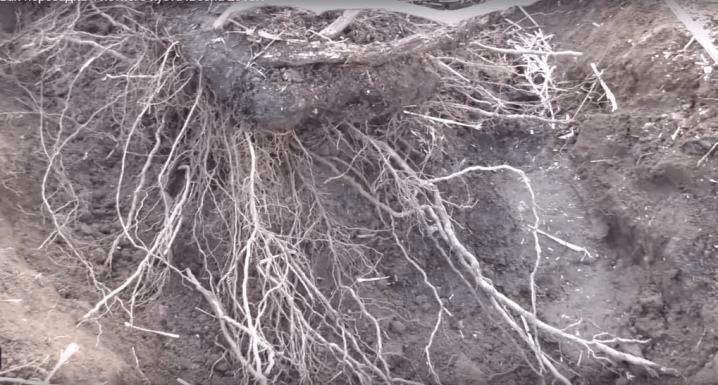
If conditions are favorable for transplantation, do not delay the procedure. The sooner you spend it, the higher the likelihood of a favorable development of the bush. In summer, this procedure is traditionally not carried out, except perhaps at the end of August, in regions where the foliage falls early. However, with a closed root system, the procedure can be carried out in the summer.
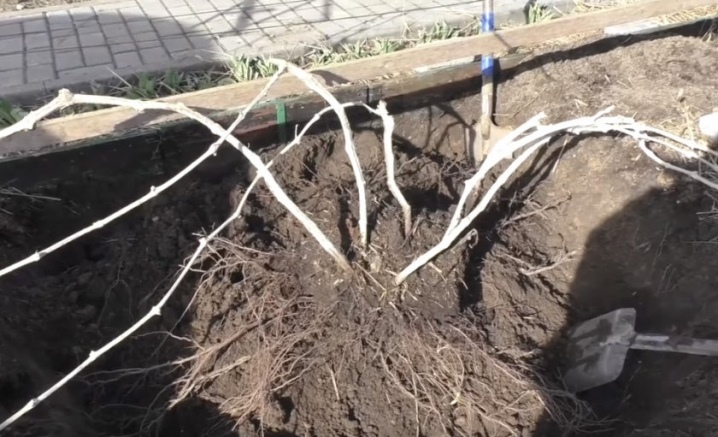
Dates are not the only thing to consider, they should always be compared with the age of the plant and the type of root system – open or closed.
Features of the autumn procedure
The biggest advantage of this period is that there is time to take root, take root, and quickly grow in the spring. Thus, the bush will not make a break in fruiting, unless the amount of the crop decreases. But there are also disadvantages – the plant may not take root and freeze in cold weather, especially if care measures are neglected. It is important to mulch the soil around the bush well and cover it well.
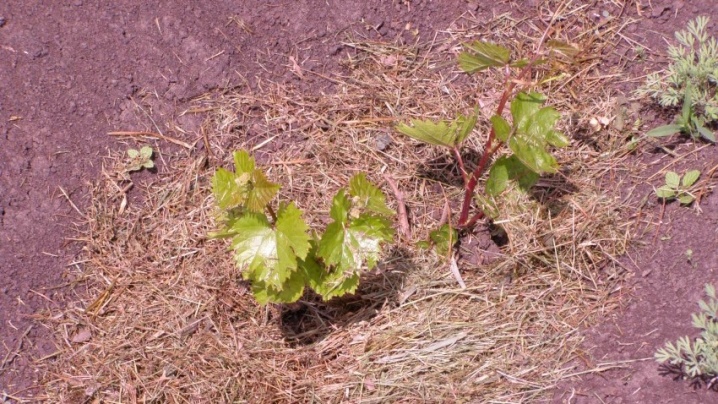
If you live in a region where frosts are combined with a small amount of snow, you need to dig in the fall, and plant seedlings with a closed root system only in the spring. The seedling should winter in a cool place – a cellar, a basement.
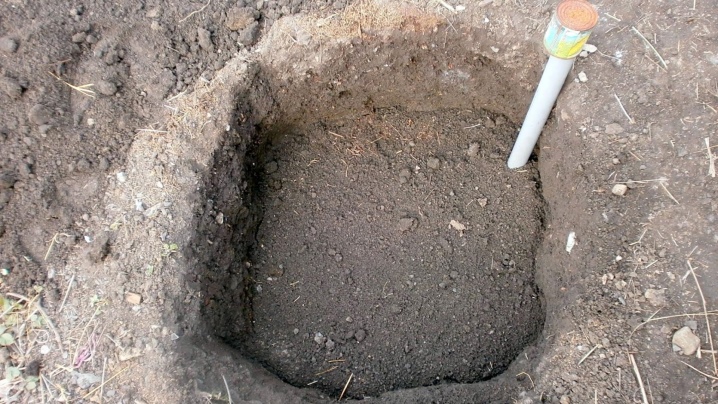
If the root system is open, then you need to immediately transplant the plant – in the fall.
Spring-summer procedure
The main disadvantage of spring replanting a bush is that it will take root for a long time, it will grow later than necessary. Therefore, the maturation of the vine in the current season is not necessary to wait. Yields may disappear for 2-3 years. It is forbidden to plant a bush in the ground, which has not warmed up enough. This will lead to the destruction of the roots and the irreversible death of the plant. The advantage of spring planting is that the recess for the new bush is prepared in advance – either in the fall or in the previous summer season.
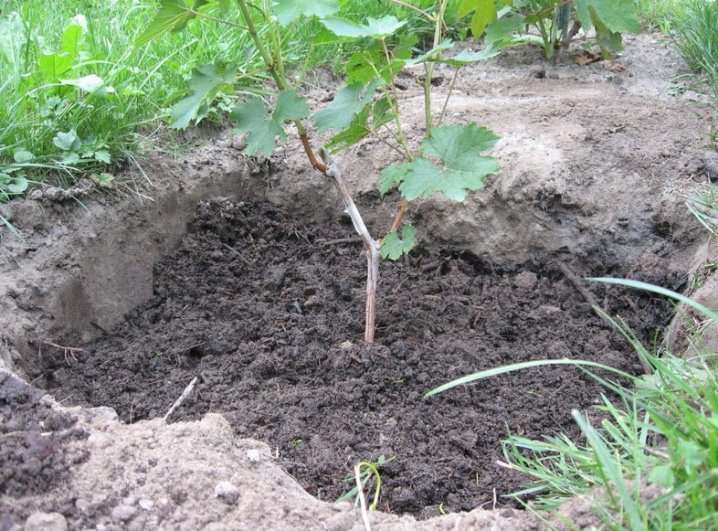
In winter, everything that is brought into the hole is rammed, the fillers lie down evenly, the soil improves qualitatively. As mentioned above, in the summer it is better to abandon this procedure altogether. A plant that is dug out during the growing season will be difficult to take root, it will have too much strength to restore the root system. This will cause the ground part to suffer, and the plant will either get sick or die. But seedlings at a young age with a closed root system can be transplanted in the summer.
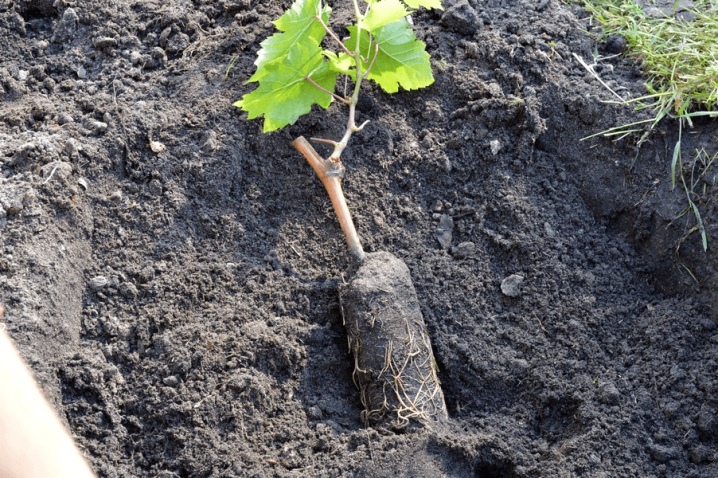
This must be done as carefully as possible, any damage to the roots will be fatal.
Site selection and preparation
We must not forget that grapes are plants that actively respond to heat. Therefore, the new place should be well lit, protected from drafts, strong winds. Consider the moment that stagnant water for this shrub can be fatal. Accordingly, avoid transplanting to areas where groundwater is closer than 1 m from the surface.. If you place the grapes against the wall on the south side, it will receive much more heat.
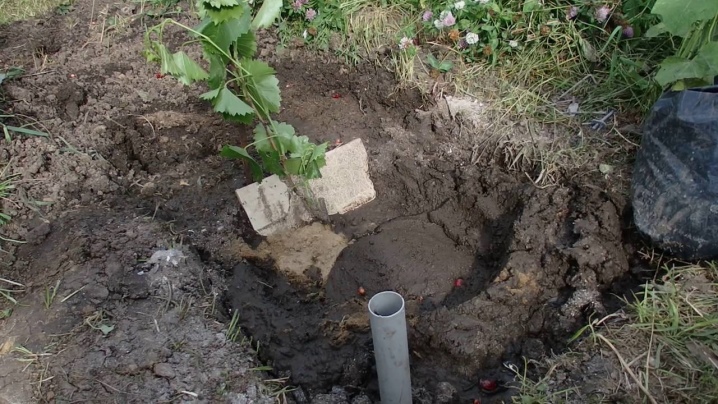
But you don’t need to plant grapes next to the trees, they can shade the shrub and bring him other troubles. As for the composition of the soil, this plant is not too demanding, swampy zones and salt marshes are categorically not suitable. When fertilizing the soil in a new place with compost, use compositions that exclude the presence of vines and vine leaves. Waste of this type is incinerated, feeding with this type of ash is quite acceptable. After a new landing site has been chosen, the hole must be prepared. This is always done in advance, the minimum period is a month, and preferably six months.
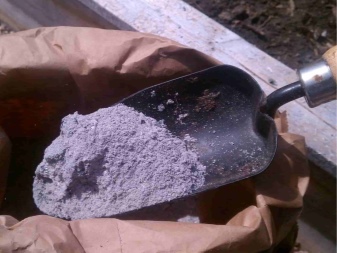
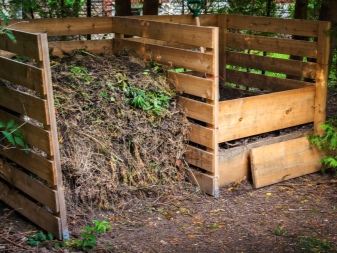
If you transplant the plant earlier, when the soil settles, the development of the roots will be disturbed.
There is no universal scheme for transplantation, so it is important to focus on the characteristics of your region. Gardeners should choose the scheme that suits a particular site. The place can be prepared in different ways, the depth of the hole is selected taking into account:
climatic features;
type of soil in the area;
the need and possibility of shelter for the period of frost;
the presence or absence of snow cover.
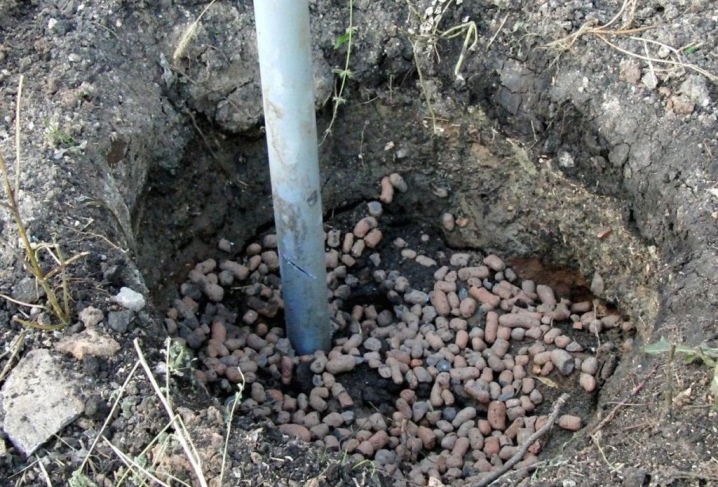
There are two main methods of transplanting: in pits and under a hydraulic drill, but the second method is only suitable for young plants with short roots. If you grow grapes on an industrial scale, the depth is selected in this way:
in the Central European part of the country – about half a meter;
in Central Asian regions with fertile soil – from 55 to 60 cm;
on sandy soils – from 60 to 65 cm.
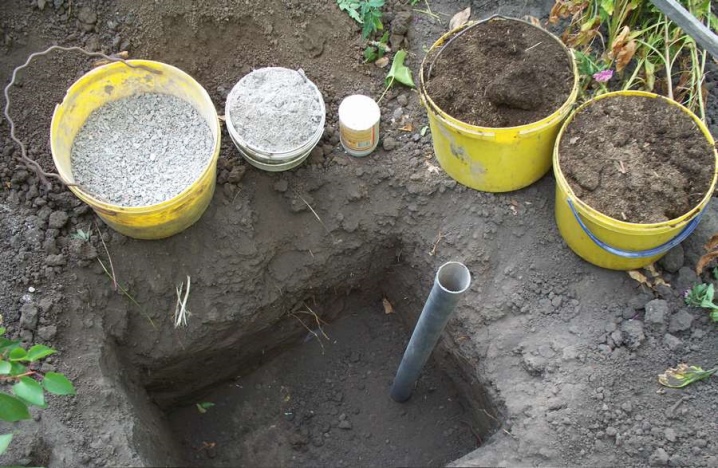
Those who are engaged in amateur gardening should focus on other digital values uXNUMXbuXNUMXband features:
in the southern regions with good warming up of the soil and its rapid drying – from 40 to 50 cm;
in the European part, Moscow region – from 30 to 40, but on elevated ridges;
in the northern regions, in the Urals, in Siberia – a trench method of planting, otherwise it will not work well to cover for the winter, pits are dug deeper;
on poor in composition soil, rocky, sandy – meter-long pits with the obligatory application of fertilizers of organic and mineral type;
on chernozem soils, it is not necessary to fertilize, the depth of the hole varies from 40 to 45 cm;
not light soils – from 50 to 60 cm;
on loams from 70 to 80 cm with the obligatory arrangement of a drainage layer of small bricks, gravel, expanded clay.
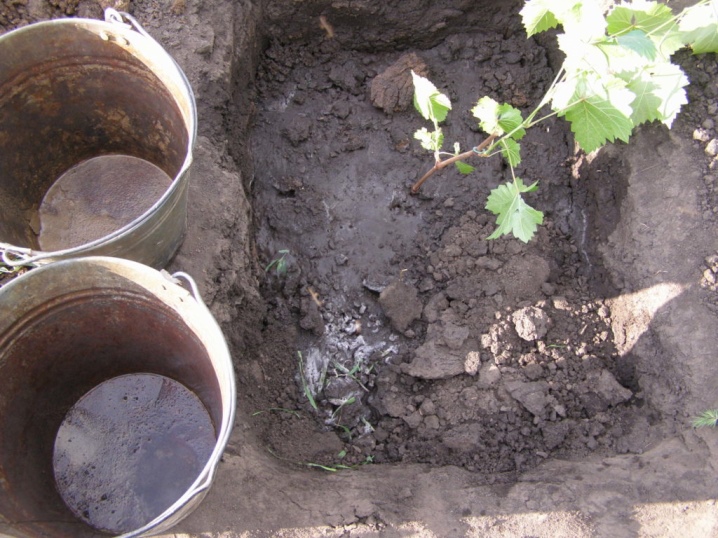
In addition, the age of the plant is taken into account during the formation of the hole, as well as the size of the root system. If many bushes are transferred, it is important to correctly determine the distance between them. Growth strength is taken as a basis:
between low-growing varieties, a two-meter indent or a little more is enough;
between vigorous varieties it is better to leave a distance of about 3 m.
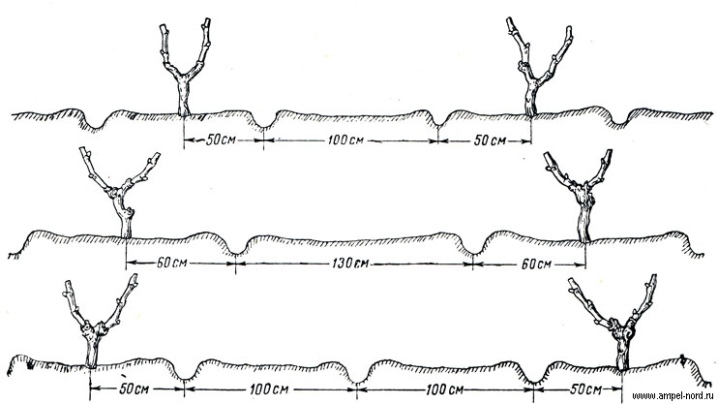
The last stage of preparing a landing site is feeding. As mentioned above, it is not always necessary. But if the soil requires fertilizer, then the soil is brought into the hole by combining it first with top dressing:
organic matter in the amount of 7 kg, humus, compost is suitable;
mineral compounds that combine 250 g of wood ash, 85 g of ammonium sulfate and 180 g of superphosphate.
Methods
In itself, transplanting a plant from one place to another has the same algorithm as planting a young seedling. But there is one stage that distinguishes these procedures – a bush with or without leaves must first be properly and accurately dug.
There are different digging methods that are used to transplant grapes, they are suitable for beginners and professionals.
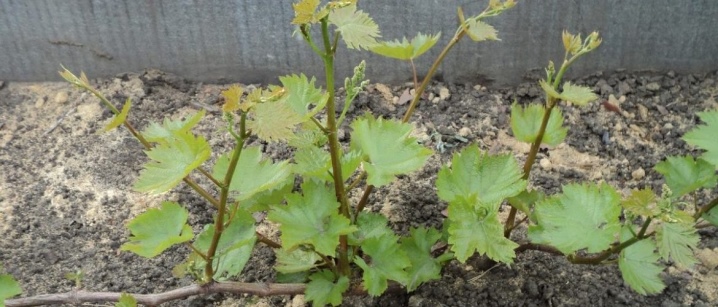
Transshipment
Over the years, grapes become more susceptible to such operations, the root system is developed, it is problematic to remove it. The bush is transshipped according to the following algorithm:
digging a bush, moving from the stem by half a meter, while it is important to prevent damage to the roots of the nearby flora;
the root system is exposed as carefully as possible, if the roots go deep into the soil, they will have to be cut;
it is important to keep the foundation, heel and all branches from it;
the bush is captured volumetrically and transfer to a pre-prepared site;
it is most convenient to place the bush during transshipment on a metal sheet, on a tarpaulin or immediately put in a wheelbarrow, and then directly on these devices move the bush to a new place;
tie the root system wrap or clean the roots;
before transshipment, it is important to thoroughly moisten the soil, but only if you plan to transplant with a clod of soil, bare roots do not need watering.

With a partial clod of soil
The algorithm of actions is as follows:
first, a hole is prepared, the size of which is selected according to the size of the earthen coma;
then the soil is moistened by introducing 2 buckets of water;
the dug bush is lowered into the hole, and the tissue with which the root system is wrapped is removed at this stage;
the distance between the walls of the pit and the clod of soil must be filled with soil, while it must be moistened;
after the hole is completely asleep, a circle is formed around the bole, it is moistened again, as plentifully as possible;
it is best to add a stimulant solution for the root system to the water.
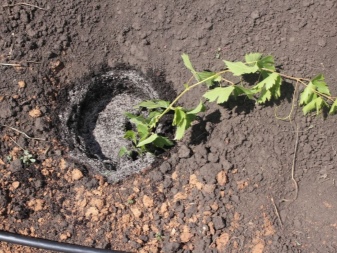
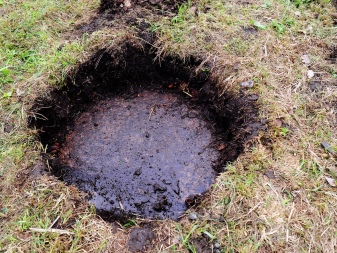
With peeled roots
You can transplant a vine with peeled roots as follows:
the hole is prepared so that its size is greater than the length of the roots by at least 15 centimeters or a little more;
the hole must be well moistened and a fertile soil mixture with organic and mineral additives introduced;
after digging, the roots are cut, the maximum length is 30 cm;
a mash is bred from two parts of clay and one part of manure so that the consistency is similar to sour cream;
roots are dipped into it after pruning;
in the middle of the hole they create a hill from the ground, they put a dug bush on it;
the roots are carefully straightened;
to the middle, the hole is covered with soil, then it is moistened;
introduce soil to ground level;
the circle near the trunk is rammed, moistened.
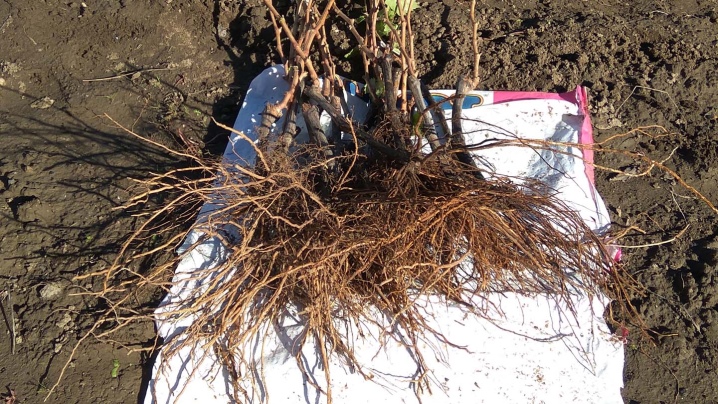
The shrub can be dug out with a hydraulic drill; for this, the soil is first carefully worked out with a drill. It should turn into a slurry, then it is scooped out, while the roots remain intact. If this device is not on the farm, you can dig a bush and carefully moisten it until the soil is completely saturated. Either before or after the transplant procedure, the part of the bush above the ground must be shortened.
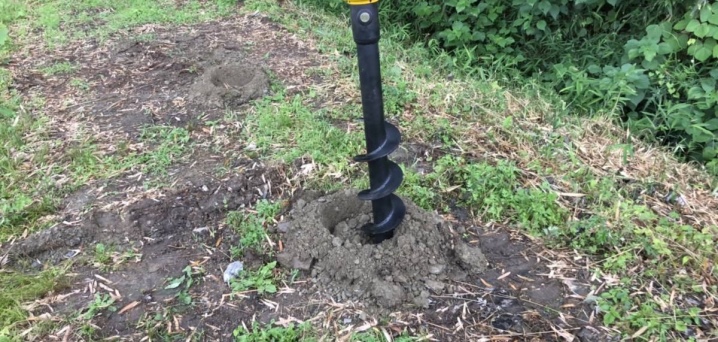
It is necessary to leave two or three shoots of the same year, cut them into a pair of buds, closer to the base of the sleeve.
After the procedure, the grapes need careful and special care, especially during the first year. First of all, you should not expect a full harvest from the bush. In the first season after transplantation, it is necessary to cut off all the inflorescences, since it is important to direct all the forces of the plant to the development and regeneration of the roots. In addition, there are a number of nuances that need to be taken into account, regardless of the method of transplantation:
watering is carried out by a pipe or a ground method, but in the first case, you need to monitor whether water penetrates to the roots;
the average number of irrigations is from 3 to 5 per season, it depends on weather conditions, soil moisture;
watering should be completed in the middle of summer if the variety is early, or at the end if the variety is late;
every 2-3 weeks you need to loosen the soil in the trunk circle;
it is not necessary to feed the plant additionally if there is no sign of a lack of elements;
the transplanted bush must be covered for the winter, taking into account the climatic features of the region: mulch the ground, cover it with soil, cover it with any non-woven material;
several times it is necessary to spray the plants with Bordeaux liquid, otherwise the care of the transplanted bush is no different.
The nuances of transplanting bushes, taking into account age
The rules for transplanting a plant differ depending on the age of the plant. In the first 3 years, grape bushes are seedlings. A young seedling is distinguished by the fact that its root system is actively developing. An adult bush has thick, dense roots, its properties for recovery and development are reduced. From this we can conclude that the old bush takes root worse than a one-year-old or three-year-old, for example. However, even perennial grapes that are 7 or 10 years old can be transplanted and harvested.
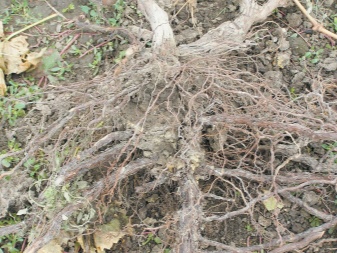
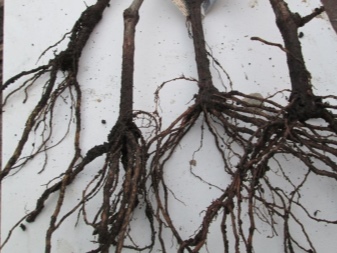
Features of transplanting mature grapes are as follows.
It is almost impossible to dig four- or five-year-old grapes without damaging the roots.. The system goes deep into the soil a meter or more, but the bulk is at the level of 60 cm. Therefore, it is necessary to dig at least at a distance of half a meter from the trunk, the pruning is short by 5 or 6 eyes.
The root system of six-year-olds or seven-year-olds grows up to one and a half meters horizontally, but the most important part is within 60cm.
The old bush, which is 20 years old, has a powerful root system that spreads up to two meters. The active part of the roots remains within 70 cm horizontally and from 10 to 120 cm vertically.
When digging, you can very much damage the roots, a large bush has little chance of taking root. Therefore, it is recommended not to uproot the perennial, but to transfer it with layering, especially if the new place is not too far away.
A mature vine or young shoot is dug in with soil and gradually takes root. This can take quite a long time – several months or even a year. The root system is formed during this period, but it is necessary to separate the layers from the mother bush in a couple of years, not earlier. Then the bush is removed.
An adult plant is transplanted with an earthy clod or open roots. The procedure with a lump is less traumatic and sometimes requires special equipment.
It is also important to take into account climatic features, and not just the age of the plant. If the climate is cold and humid, the root depth is much closer than in southern soils. On sandstones and rocky areas, the location of the roots is the deepest.
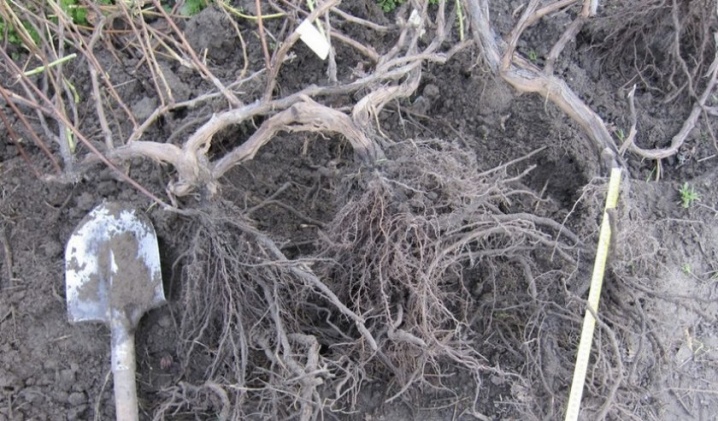
So, the older the bush, the more difficult it is to keep the roots, with young plants it is easier, but even here there are some peculiarities.
Annual. It is important that the vine is ripe and the roots take root, so new shoots and clusters are cut off. Two vines are left, which must be allowed to mature until the period when it will be necessary to cover the plant. In the next season, the buds of a mature vine will give new shoots, of which one cluster of fruits can be left.
Biennial. Rooting is already strong enough, digging takes place 60 cm vertically and 30 cm horizontally. The vine is carried along with the earthen clod. After transplantation in the spring, the vines are cut into three buds.
Three year old. This plant has several mature vines, so rooting can be done using layering. But you can transplant a whole bush. The digging is carried out in a circular manner, moving away from the stem by half a meter, digging is done 80 cm deep. The vine is cut into four eyes, while the ripe cut branches are great for cuttings.
Ornamental grapes do not tolerate transplanting well, but age nuances do not matter.


